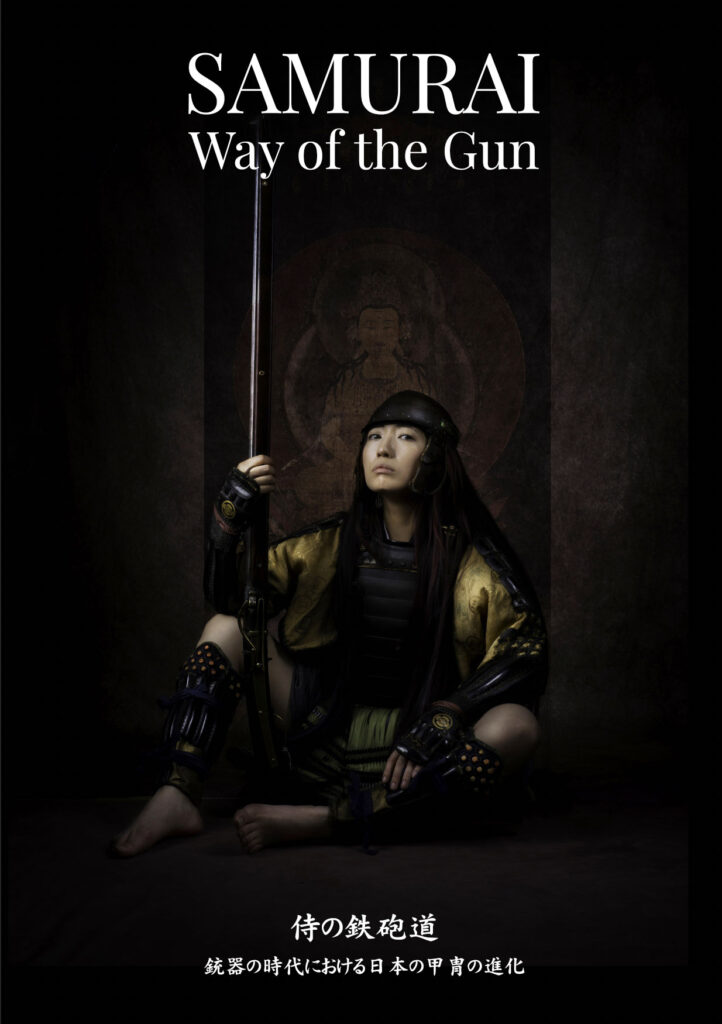
Hachi-ken Kabuto
Ballistic Type
Photo gallery – Click on images to enlarge
Description
Age: Edo period 19th century
Japan: Iron, copper, lacquer, wood, silk, gold
School: Myôchin. Signed Munemoto
Provenance: Private collection in Japan
Exhibition: LAPADA Fair London 2024
Authenticity: Certificate of Provenance issued by The International Society for the Promotion of Japanese Armour
国際日本甲冑武具振興協会 Kokusai Nihon Katchū Bugu Shinko Kyōkai.
Published: Samurai Way of the Gun
Status: Available – £3,900
Shipping: Worldwide / Fully Insured
Import Duty: DDP – We pay the duty
Tetsu Sabiji Hachi-ken bachi. Tetsu kuro urushi-nuri ko-manju Shikoro. Yondan Sugake odoshi.
This is a russet iron helmet bowl made from eight sections. The shikoro is also of iron and lacquered in black urushi. The lower kata Zuri-no-ita lame is decorated in a fine Shibo-urushi-nuri. Laced in silk odoshi in the sugake style. The lower lame also includes decorative cross-knots hishinui and uname. Complete with internal ukebare liner.

This Kabuto is featured in
Samurai: Way of the Gun
“Samurai – The Way of the Gun” is a groundbreaking book currently in production. It’s the first of its kind. When firearms were introduced to Japan in the mid-sixteenth century, their integration into battlefield warfare was slow at first. The first significant use of firearms occurred at the Battle of Nagashino, where Oda forces decimated the Takeda army. This book focuses on the evolution of Japanese armour from the sixteenth to the eighteenth century, illustrating the dynamic changes in armour manufacturing as firearms became more powerful. As weapons advanced, armour had to provide greater protection for its wearers. “Samurai – The Way of the Gun” delves into this fascinating period of transformation, offering a comprehensive exploration of how the rise of firearms reshaped the samurai’s iconic armour and battlefield tactics.